Periodontal Therapy
Treatment for gum diseases
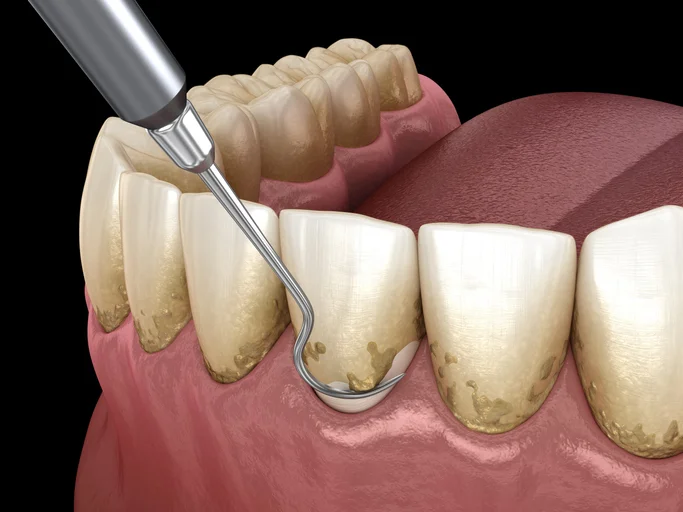
Periodontal therapy is a significant area of restorative dentistry. It focuses on the treatment of gum diseases and dental support structures.
Periodontitis, gingivitis, and other periodontal disorders can cause tooth loss, affecting quality of life. Periodontal therapy can help prevent the progression of these disorders.
Causes of periodontal diseases
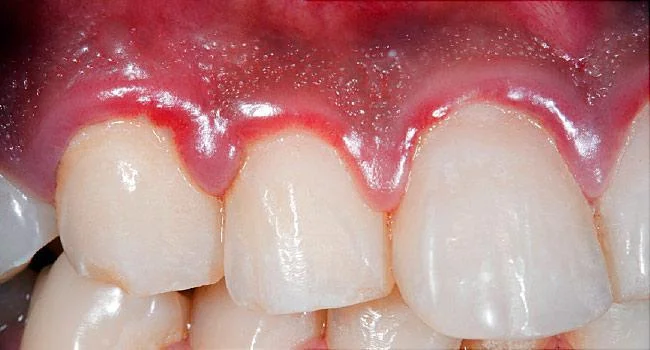
In most cases, periodontitis begins with bacterial plaque that forms on the teeth. That plaque hardens under the gum line and turns into tartar that can cause gingivitis and later periodontitis.
Periodontal therapy focuses on removing plaque and tartar from tooth surfaces and under the gums.
Symptoms of periodontal diseases
A healthy gum is firm and pale pink in color. Among the different signs of periodontitis are:
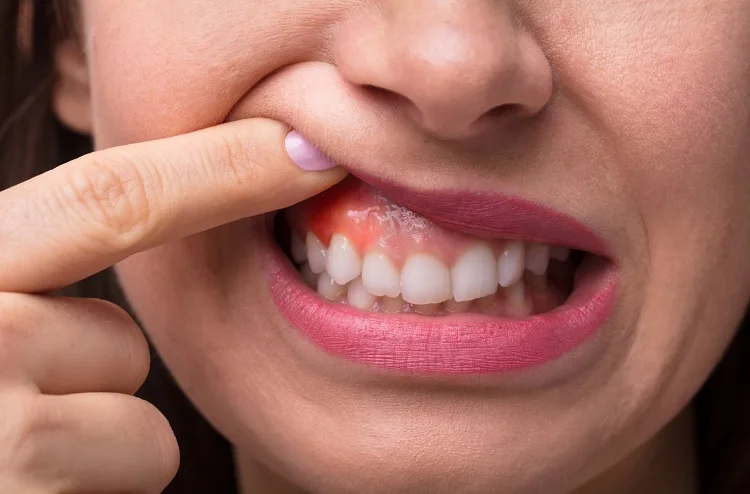
- Toothbrush stained pink after brushing
- Loose teeth or tooth loss
- pain when chewing
- Swollen gums
- Bright red, dark red, or purple gums
- Gums that recede from the teeth (resorb), making the teeth look longer than normal.
- Tender gums
- Gums that bleed easily
- Bad breath
- Pus between the teeth and gums

19 Natural Antibiotics to Ward Off Any Dental Infection
Sign up to receive daily email dentist tips and challenges, as well as our comprehensive Better smile Guidebook.
Treatment of periodontal diseases
Periodontal therapy involves various techniques, depending on the specific needs of the person.
Dental cleaning
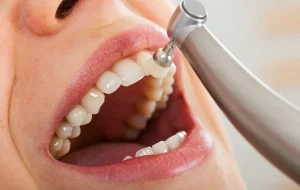
Also known as prophylaxis, in this procedure the dentist or dental hygienist removes plaque and tartar from the dental surfaces and under the gums. It can include the application of fluoride and other preventive treatments.
Scaling and root planing
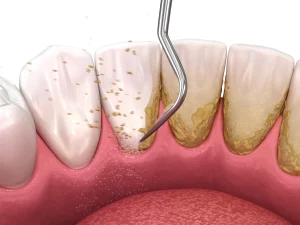
Known as curettage, the dentist, or dental hygienist scales and smooths the root surfaces of the teeth, removing accumulated plaque and tartar. This treatment may be necessary in cases of moderate or advanced gingivitis and periodontitis.
Periodontal surgery

This intervention is necessary in advanced cases of periodontitis and other serious periodontal diseases. It may be necessary to remove deep periodontal pockets or to regenerate lost tissue. During surgery, the periodontist dentist makes incisions in the gums to access the tooth roots and periodontal tissue. Then, bacteria and damaged tissue are removed and lost tissue is rebuilt.
Benefits of periodontal therapy

Periodontal therapy has many benefits for oral health. Removing plaque and tartar helps prevent the progression of periodontal disease and reduces the risk of tooth loss.
Additionally, periodontal therapy reduces inflammation in the gums, which can prevent systemic pathologies related to chronic inflammation, such as heart disease, diabetes, and arthritis.
Periodontal therapy requires an ongoing commitment to oral health and good oral hygiene at home. Daily brushing and flossing to prevent plaque and tartar buildup. In addition, it is necessary to visit the dentist periodically for cleaning and routine examinations.
Side effects of periodontal therapy

After treatment, patients may experience tooth sensitivity, bleeding, and sore gums.
These side effects are temporary and can be treated with pain relievers and special mouthwashes.
Conclusion
Where can you consult about periodontal treatment?
Periodontal therapy prevents tooth loss and improves oral and general health of people.
If you have symptoms of periodontal disease, it is important to seek dental care to diagnose the condition.
The oral health professional directory that you find here provides you with all the information you need to contact a periodontist dentist and find the answer to your oral health condition. Consult it, advance in the required treatment, and avoid consequences of complex management.

19 Natural Antibiotics to Ward Off Any Dental Infection
Sign up to receive daily email dentist tips and challenges, as well as our comprehensive Better smile Guidebook.
MOST POPULAR TREATMENTS
Our Services
Our Doctor
Meet Doctor


19 Natural Antibiotics to Ward Off Any Dental Infection
Sign up to receive daily email dentist tips and challenges, as well as our comprehensive Better smile Guidebook.



